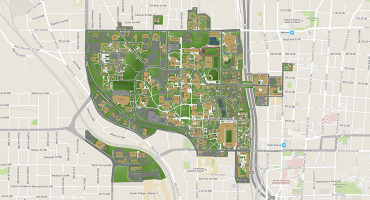The fundamental question we are trying to answer is how the coordinated cell movements are regulated during animal development. Different groups of cells move to different locations in a growing embryo to give rise to specific tissue and structures. It is a very complex process since the “ground” cells travel on is also undergoing constant rearrangement and growth. We use neural crest as a model to study the mechanisms of cell migration during embryonic development. The neural crest is a vertebrate innovation, comprised of highly migratory stem-like cells that give rise to multiple tissue and structures, including craniofacial bones and cartilages, connective tissue in the heart, enteric nervous system in the gut, and pigment cells all over the skin. Defects in their proliferation, migration, differentiation, or survival lead to numerous diseases and birth defects, including craniofacial and heart malformations as well as different types of cancer. Ongoing studies aim to uncover how their migration is regulated and how they achieve such extraordinary migratory abilities.
Profile



